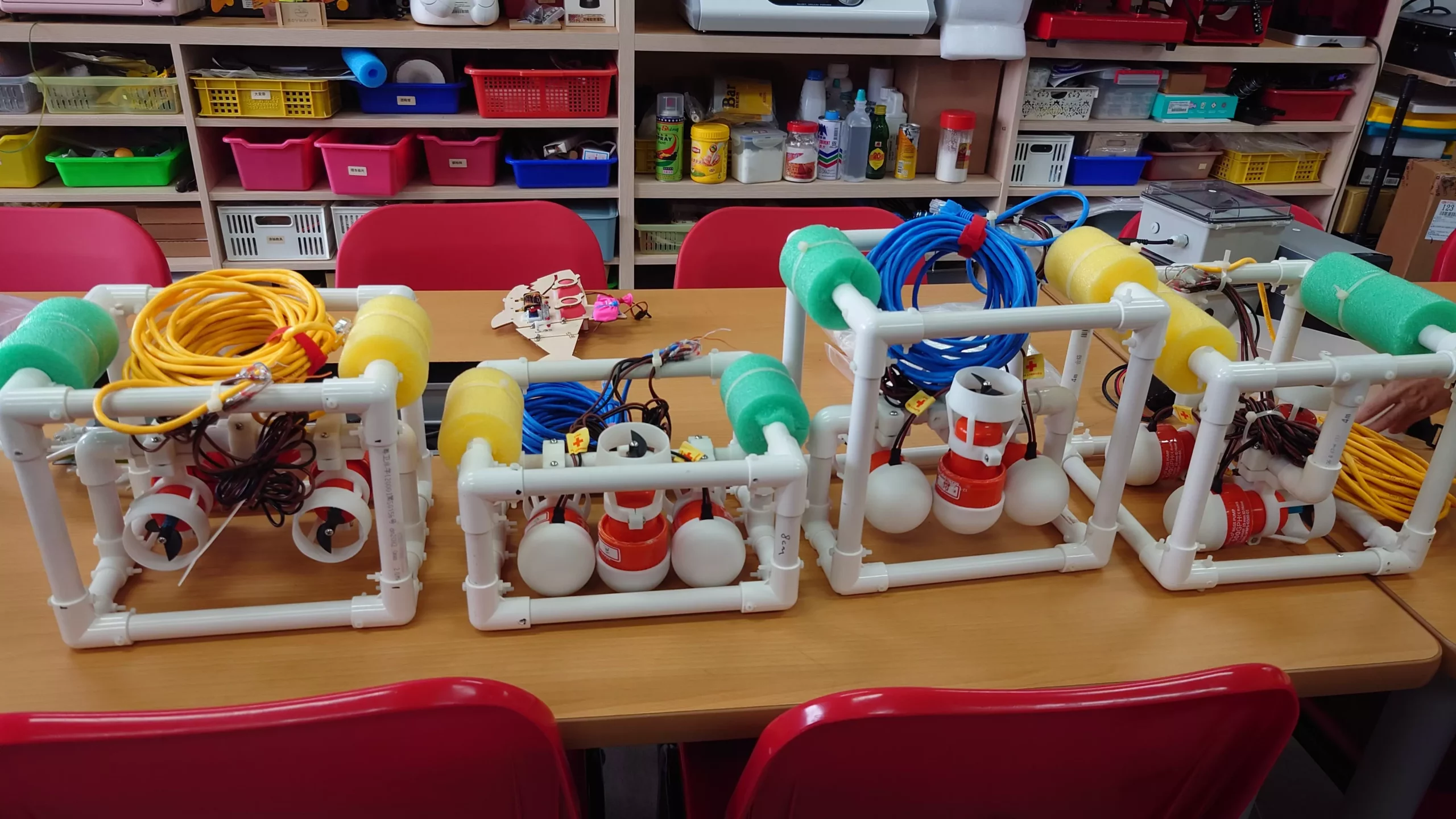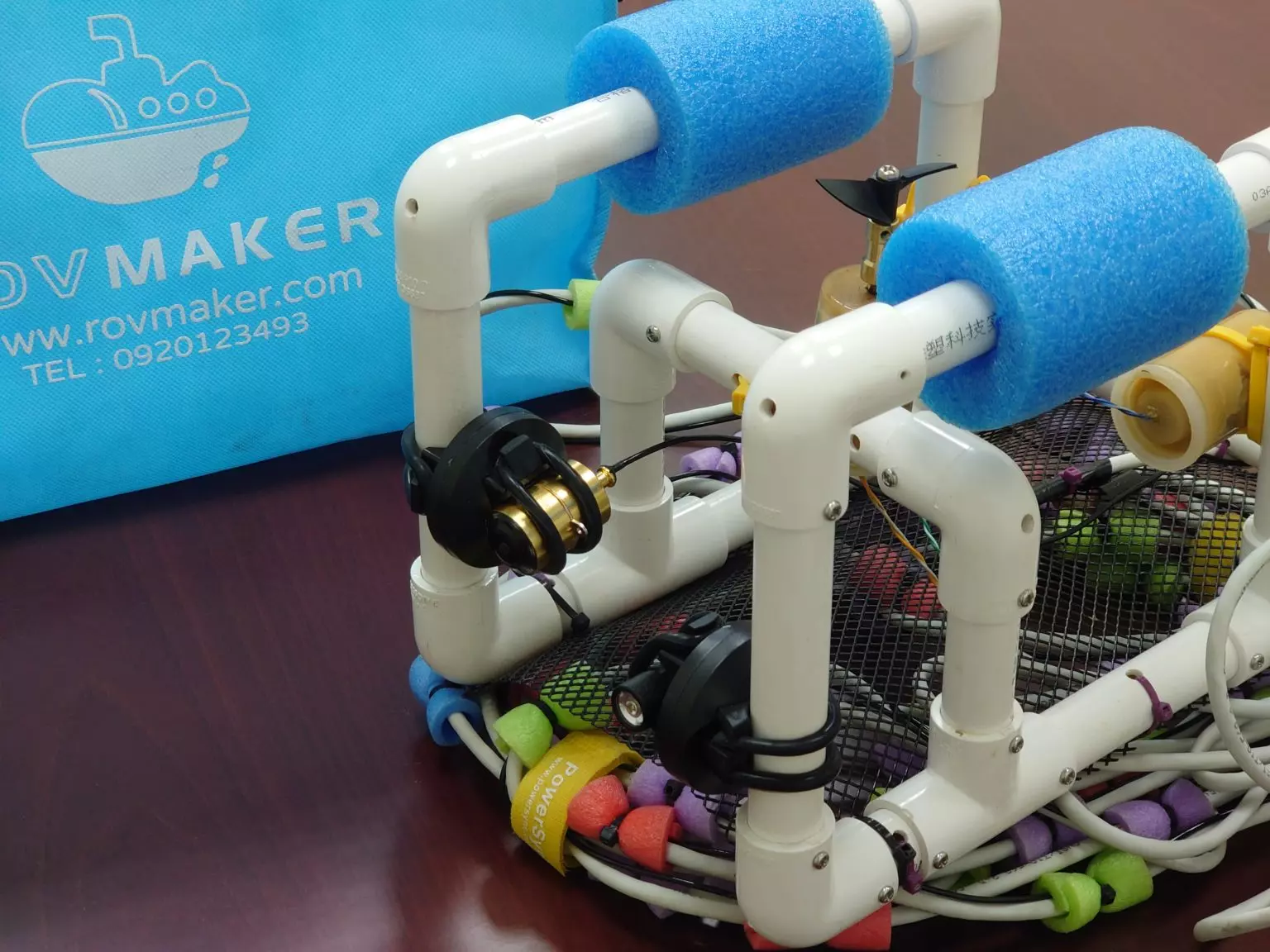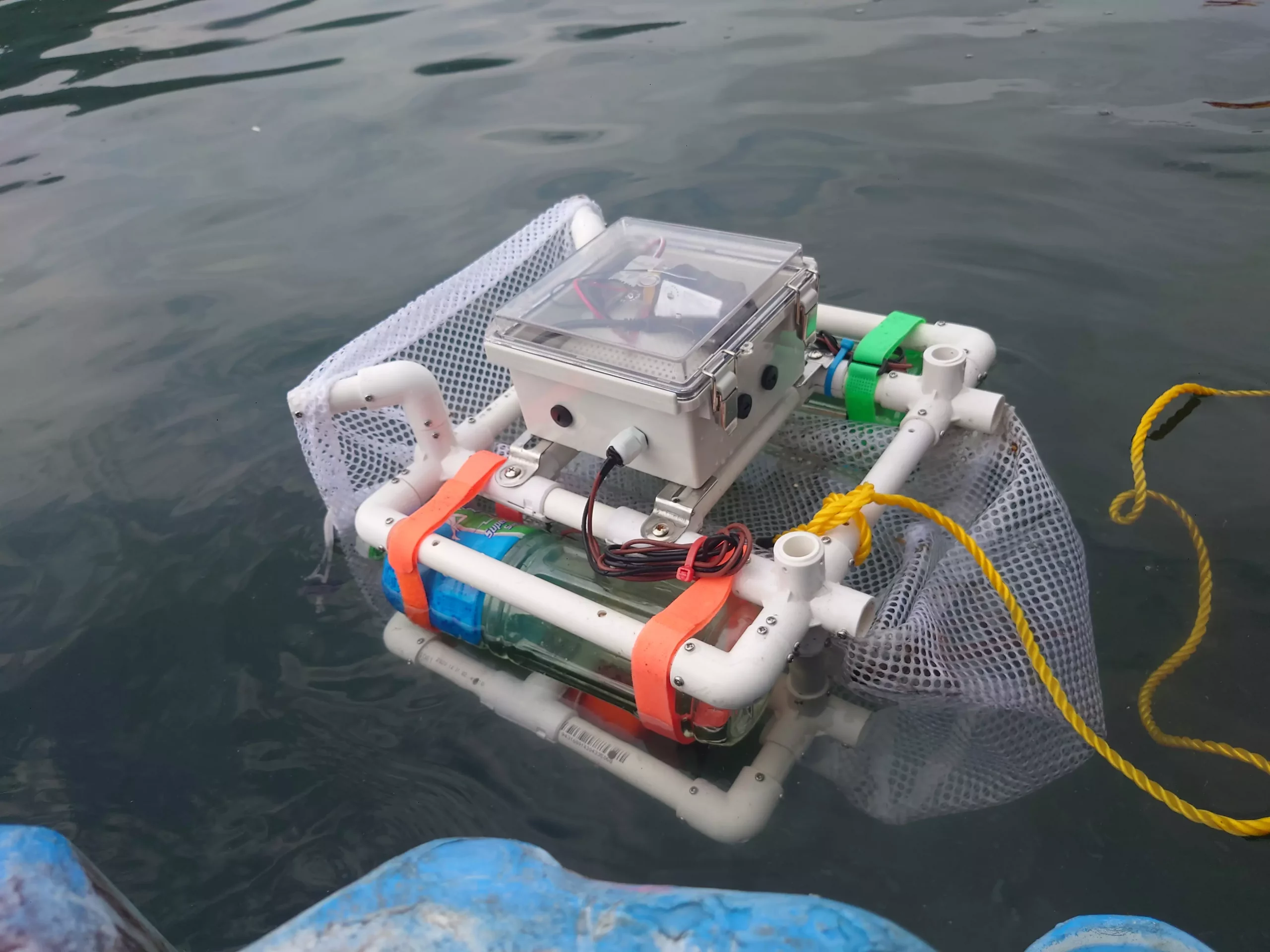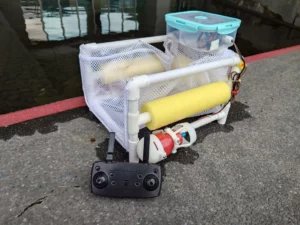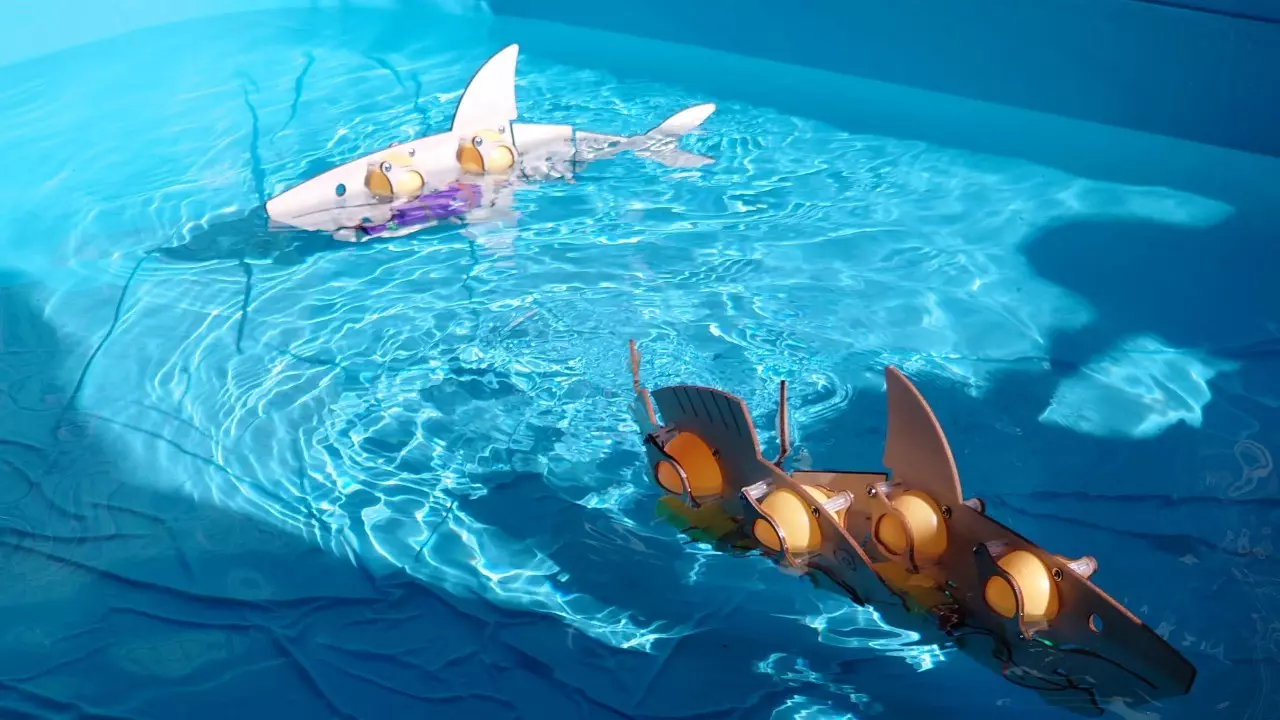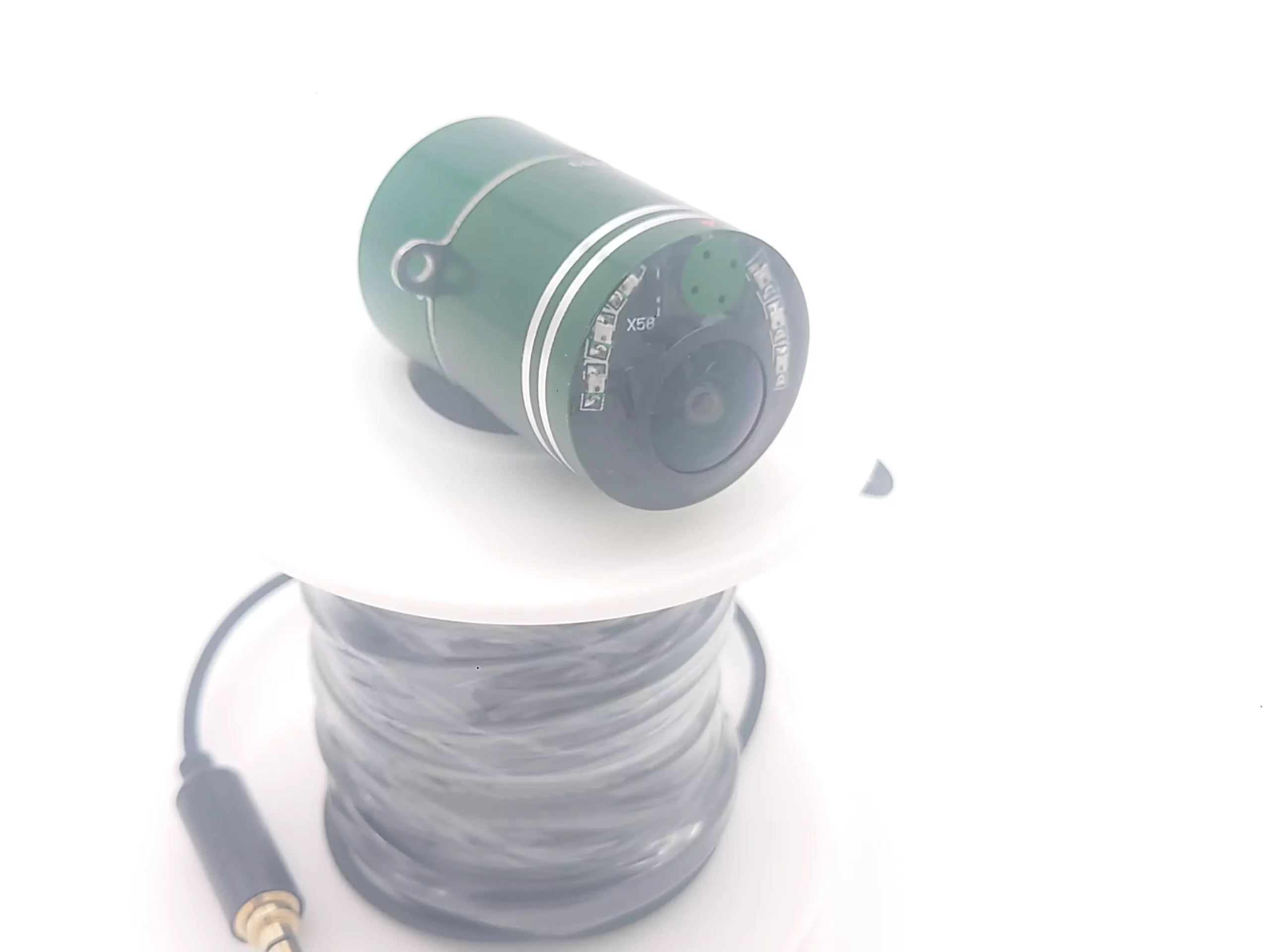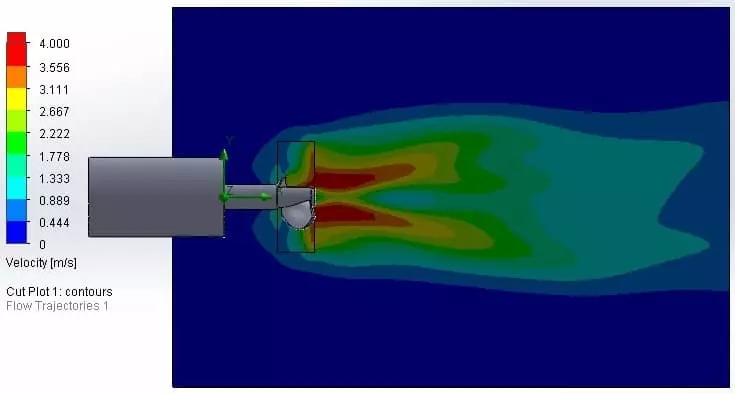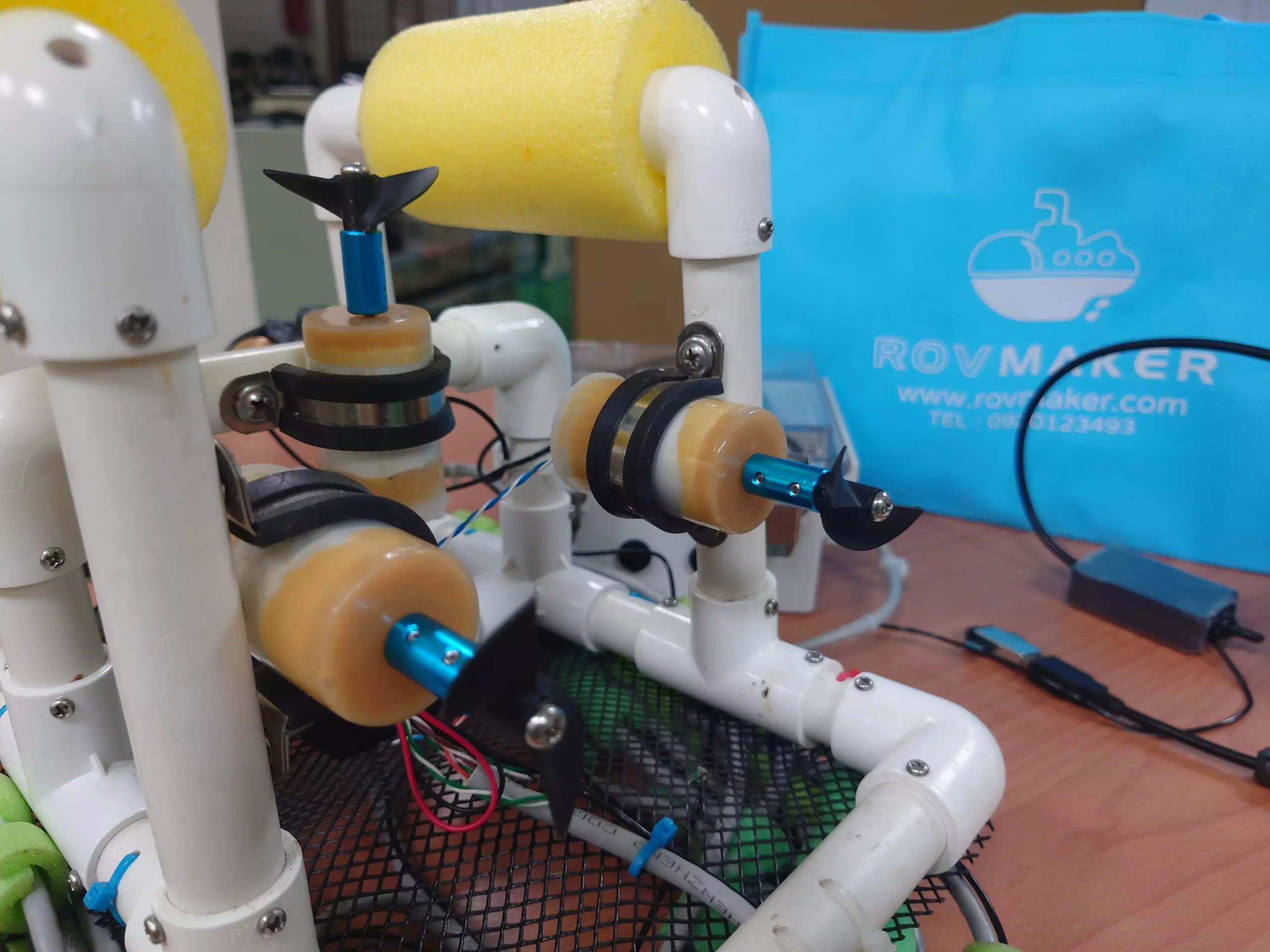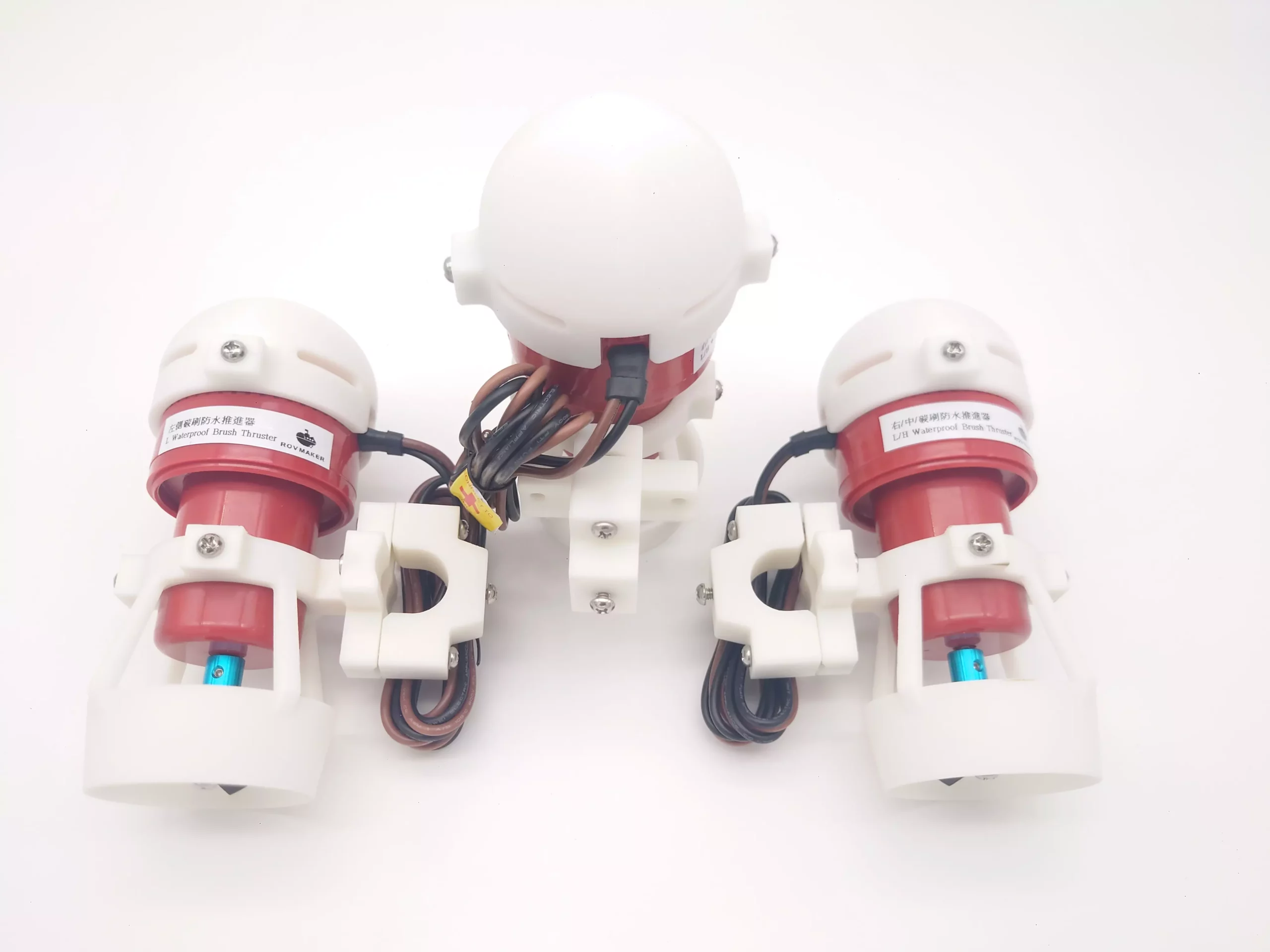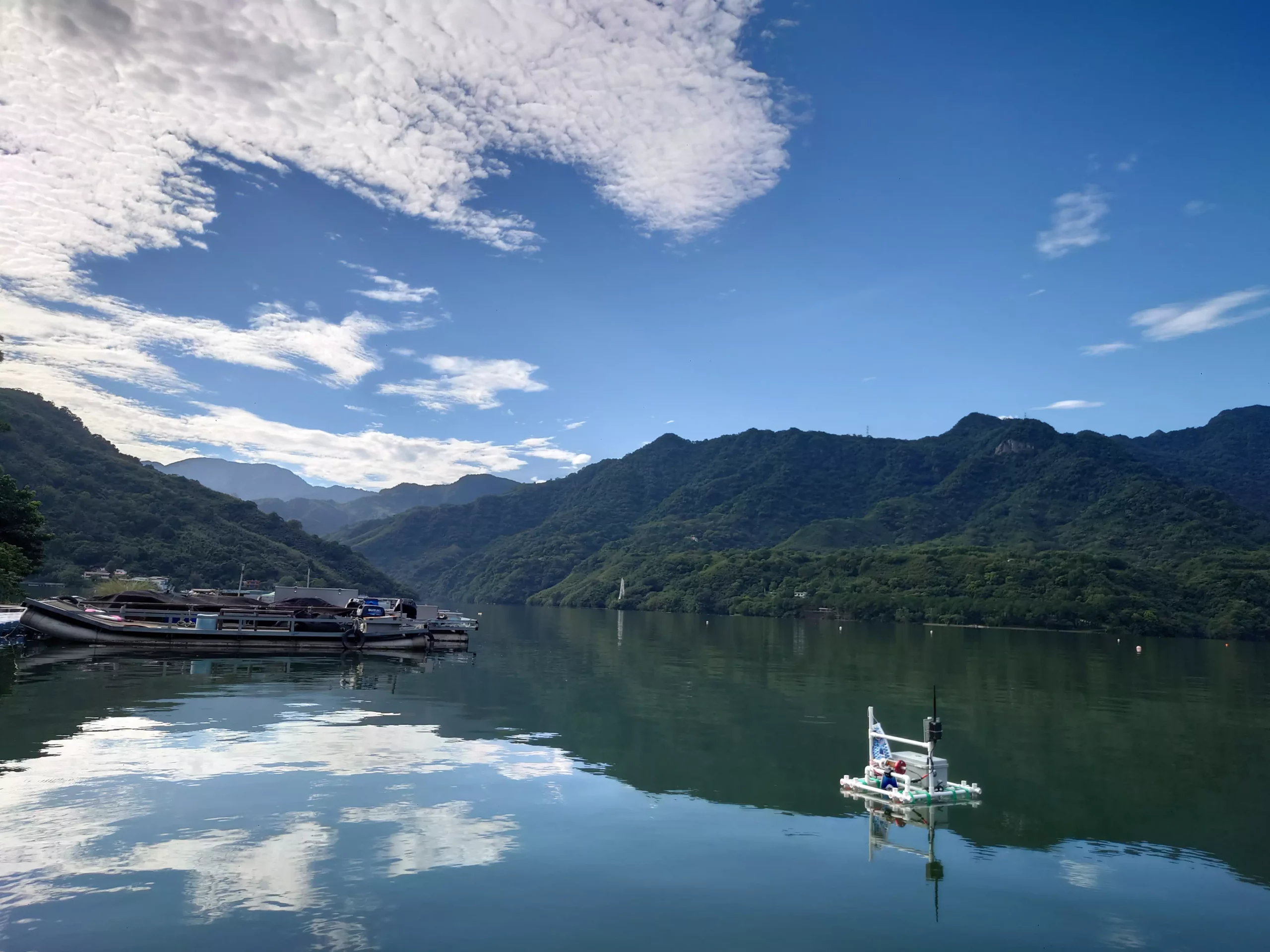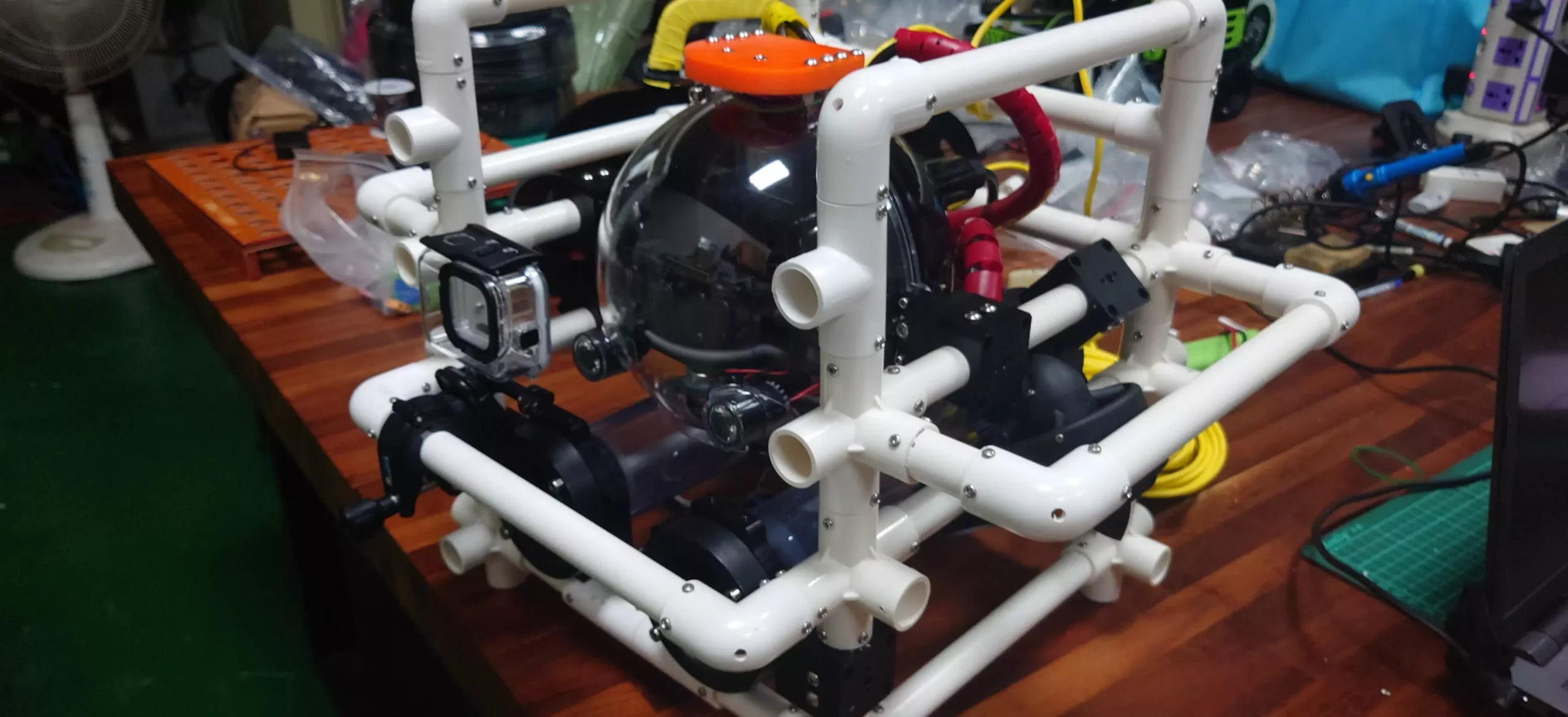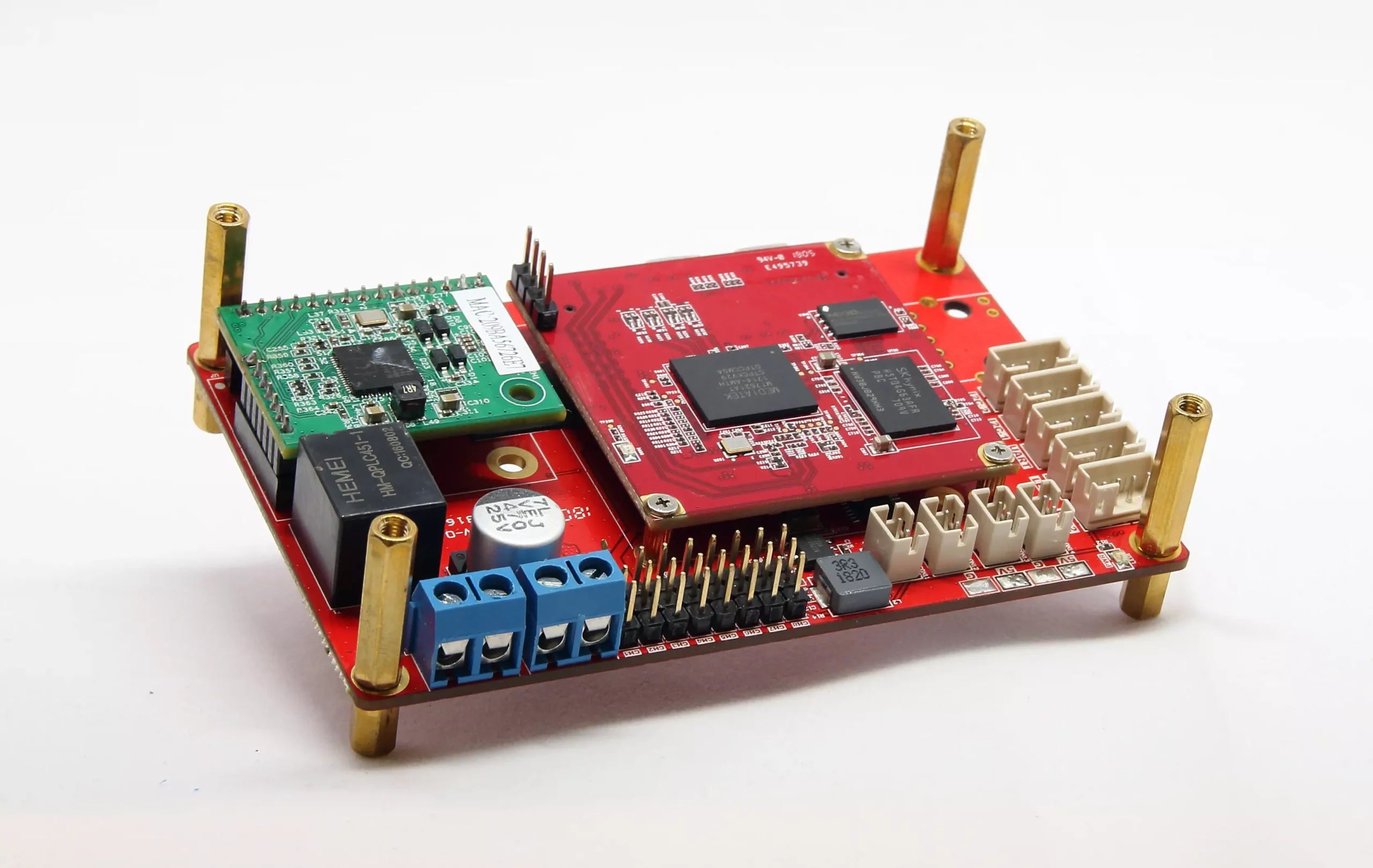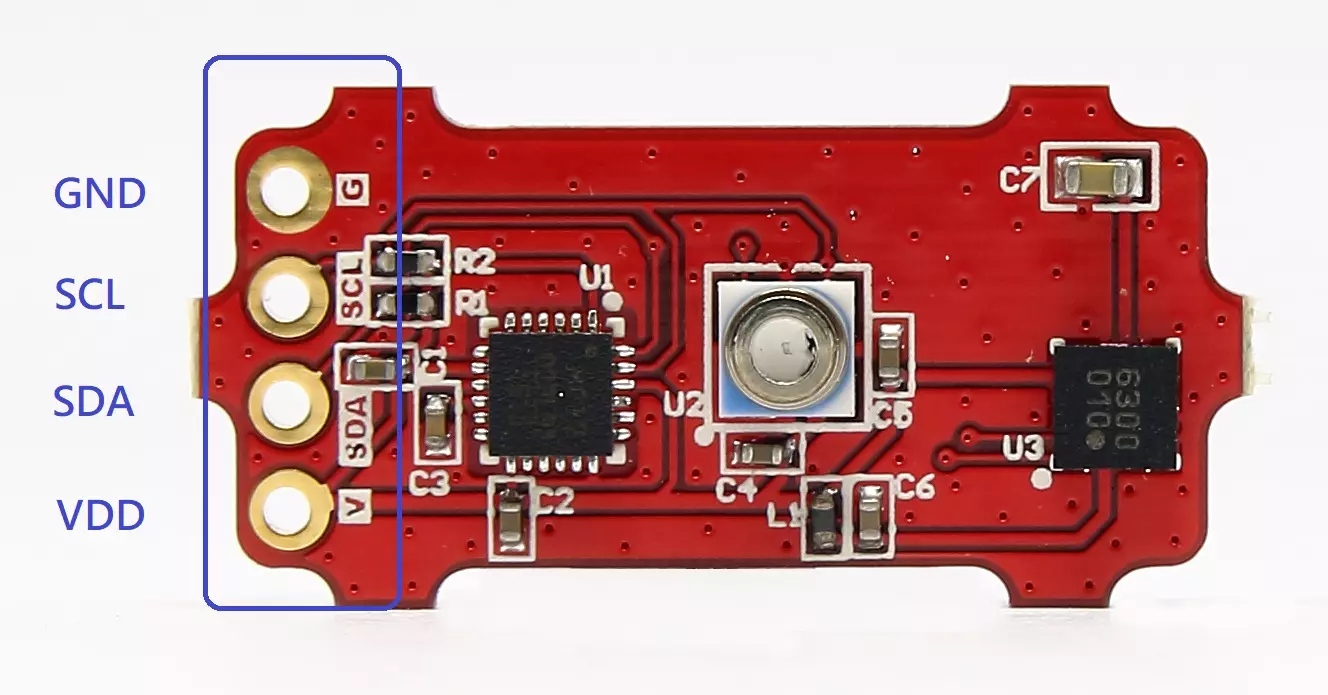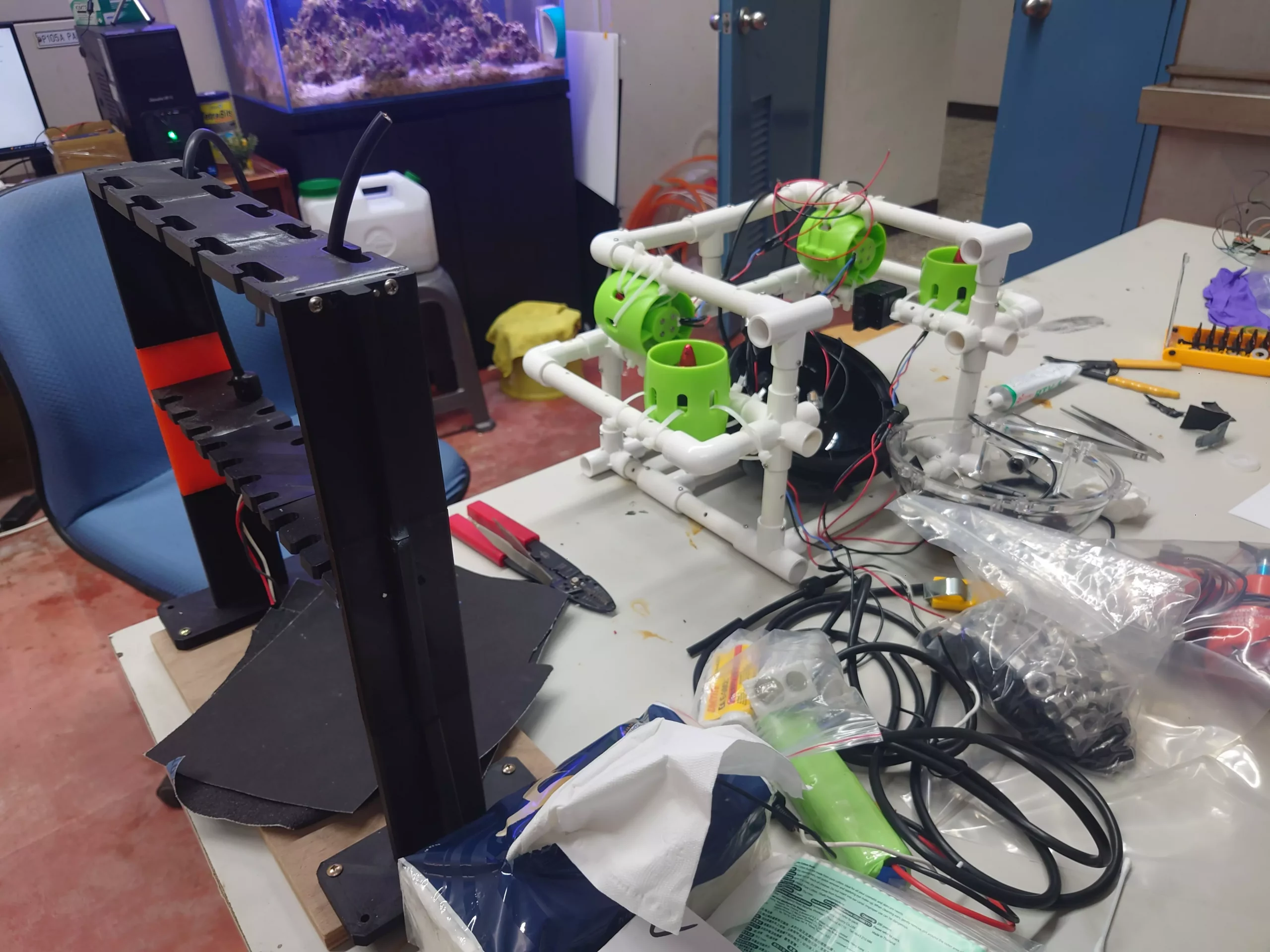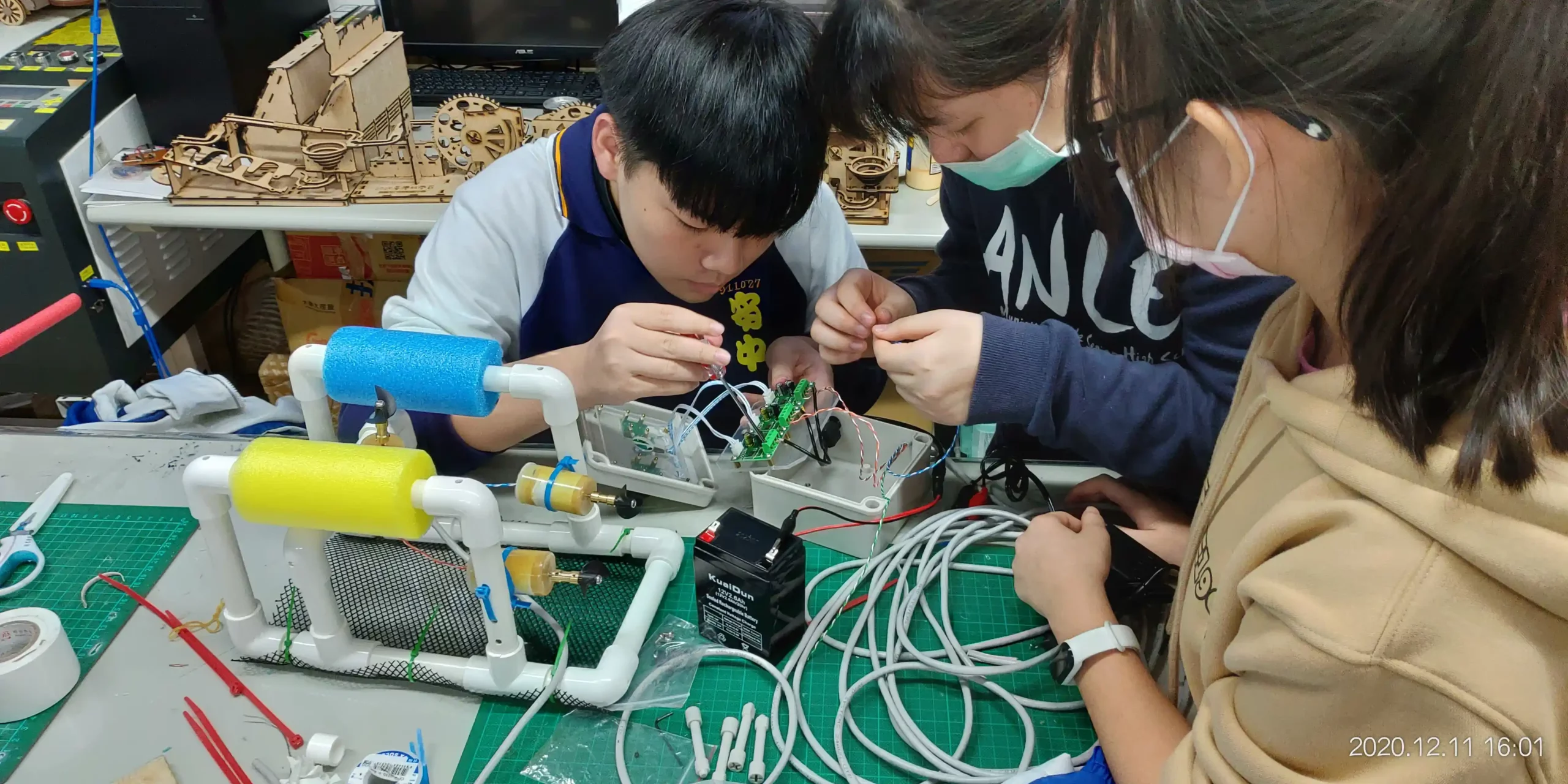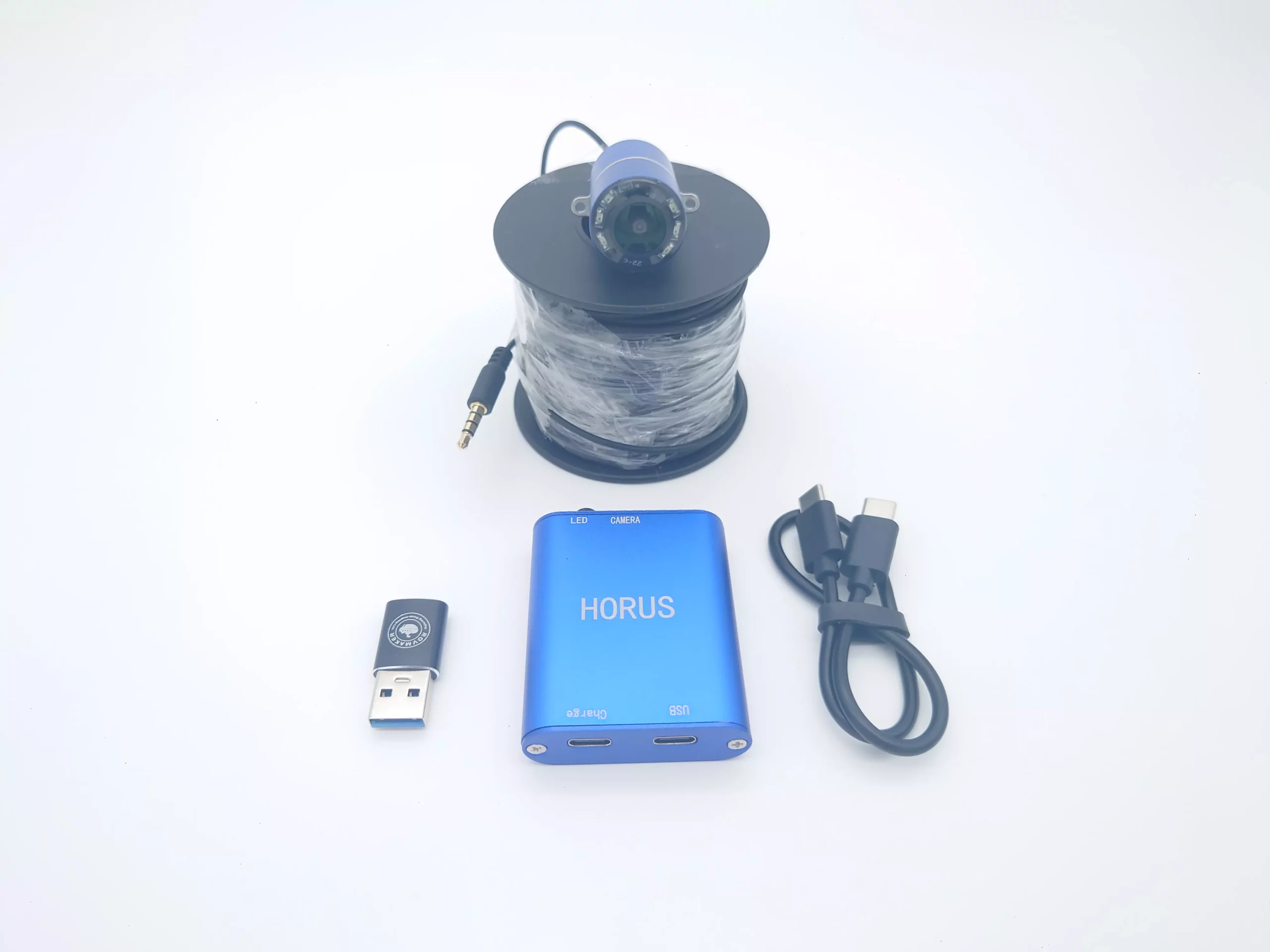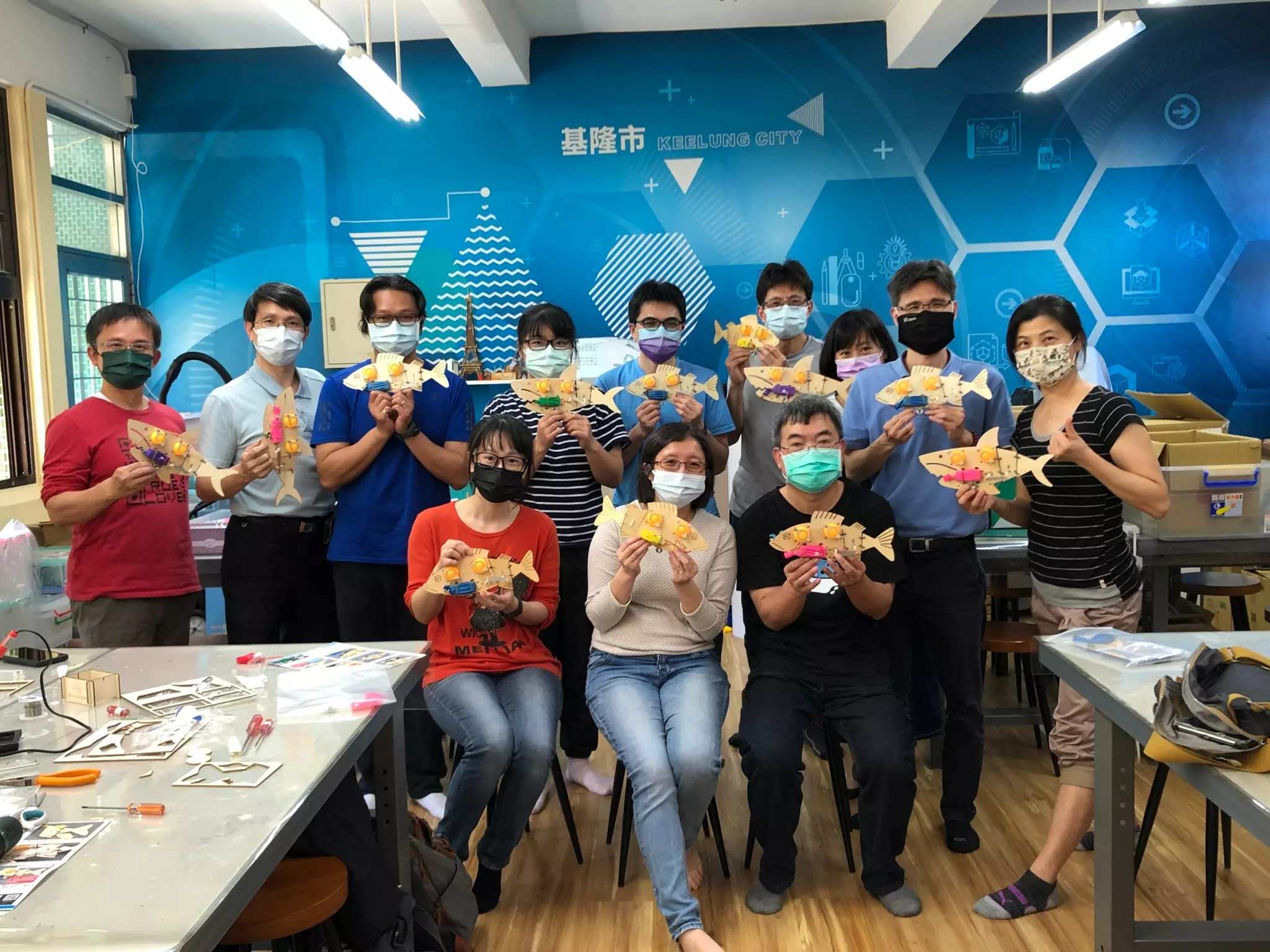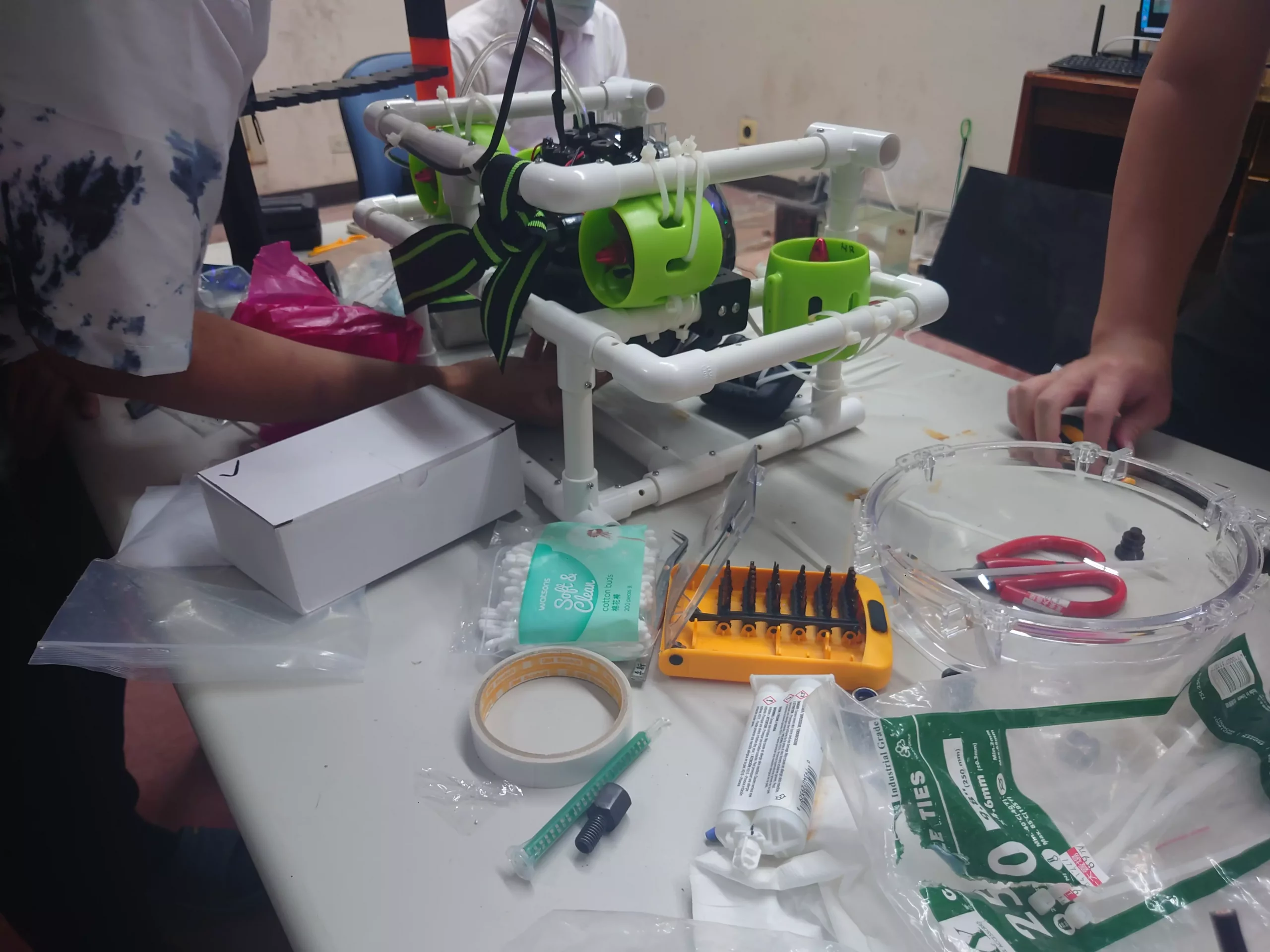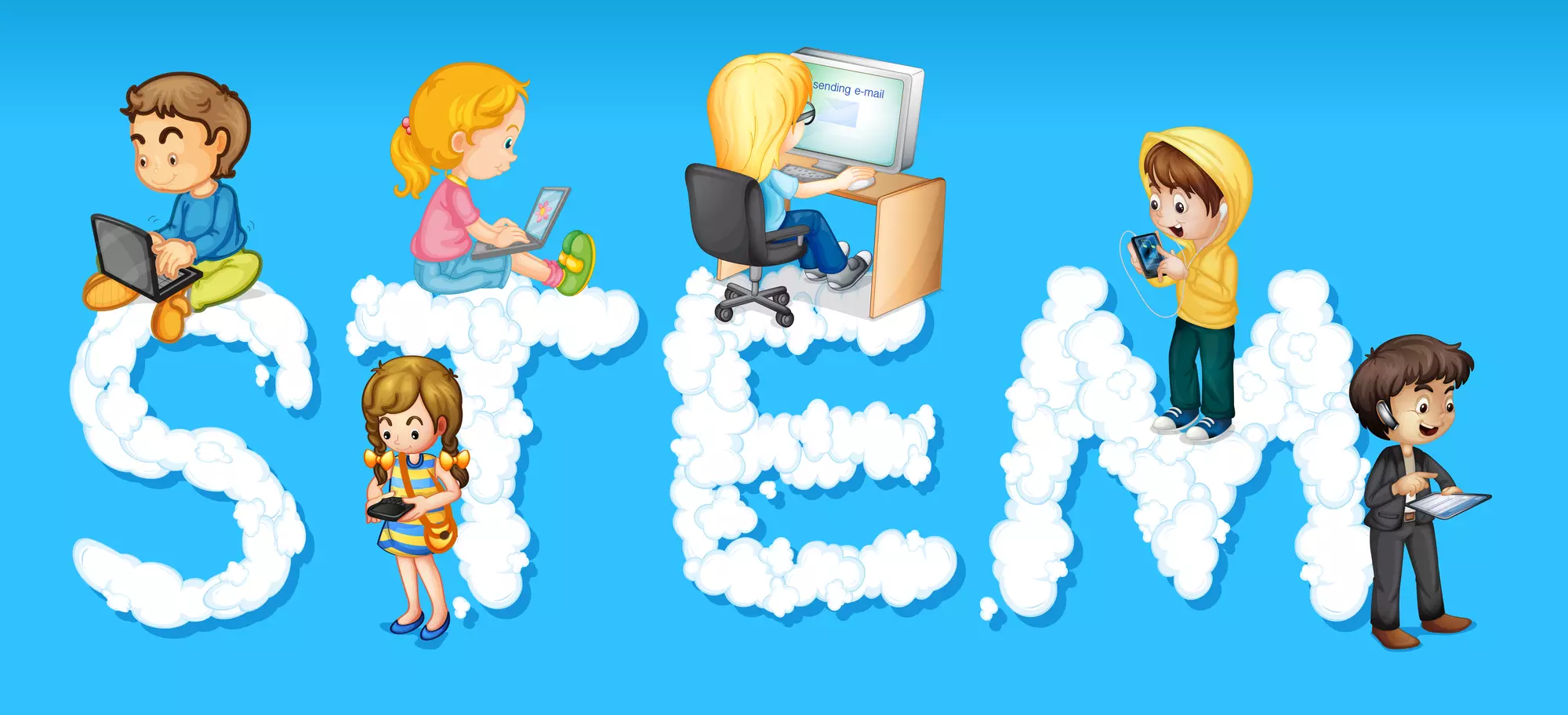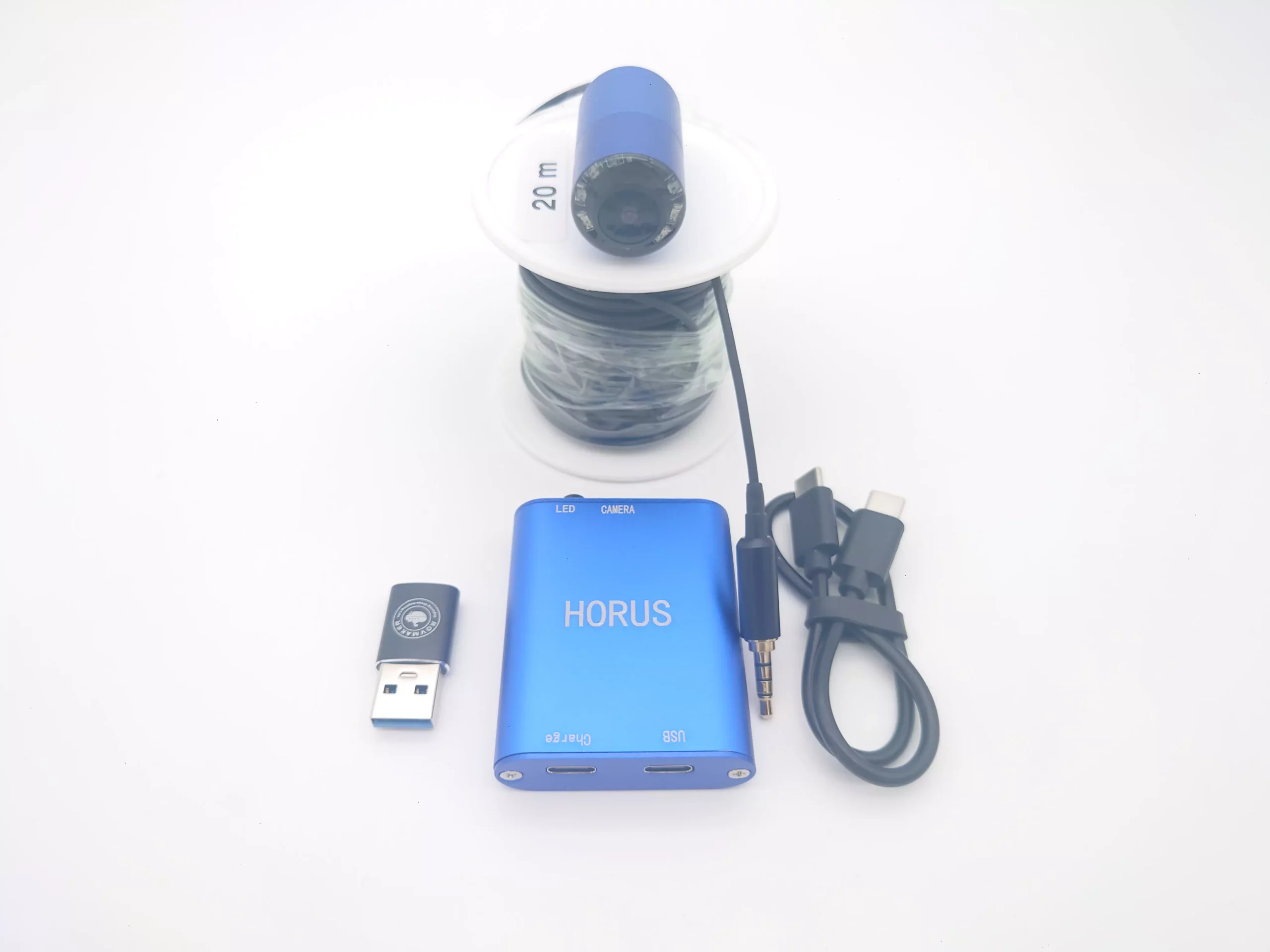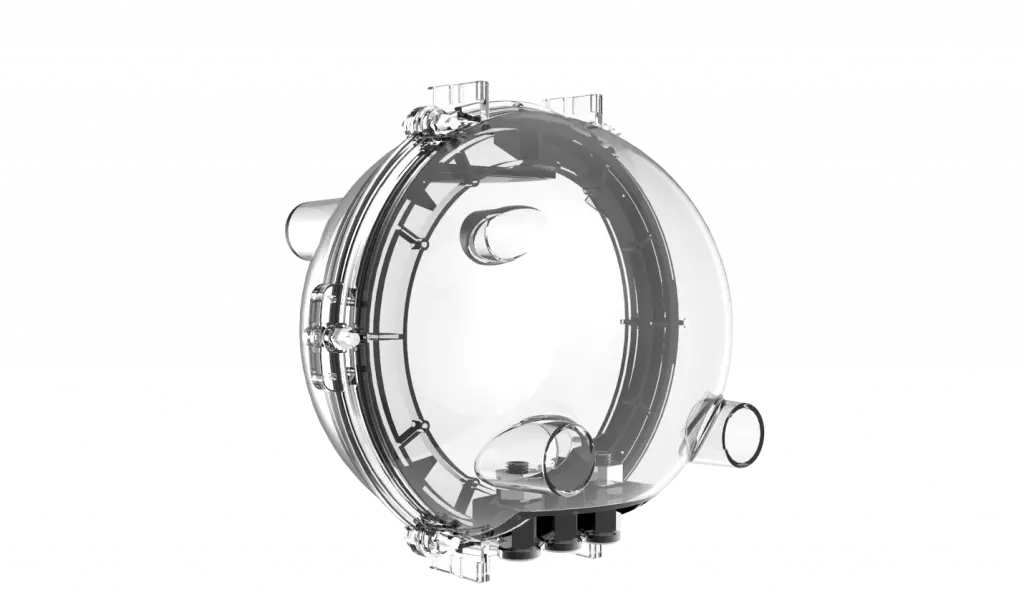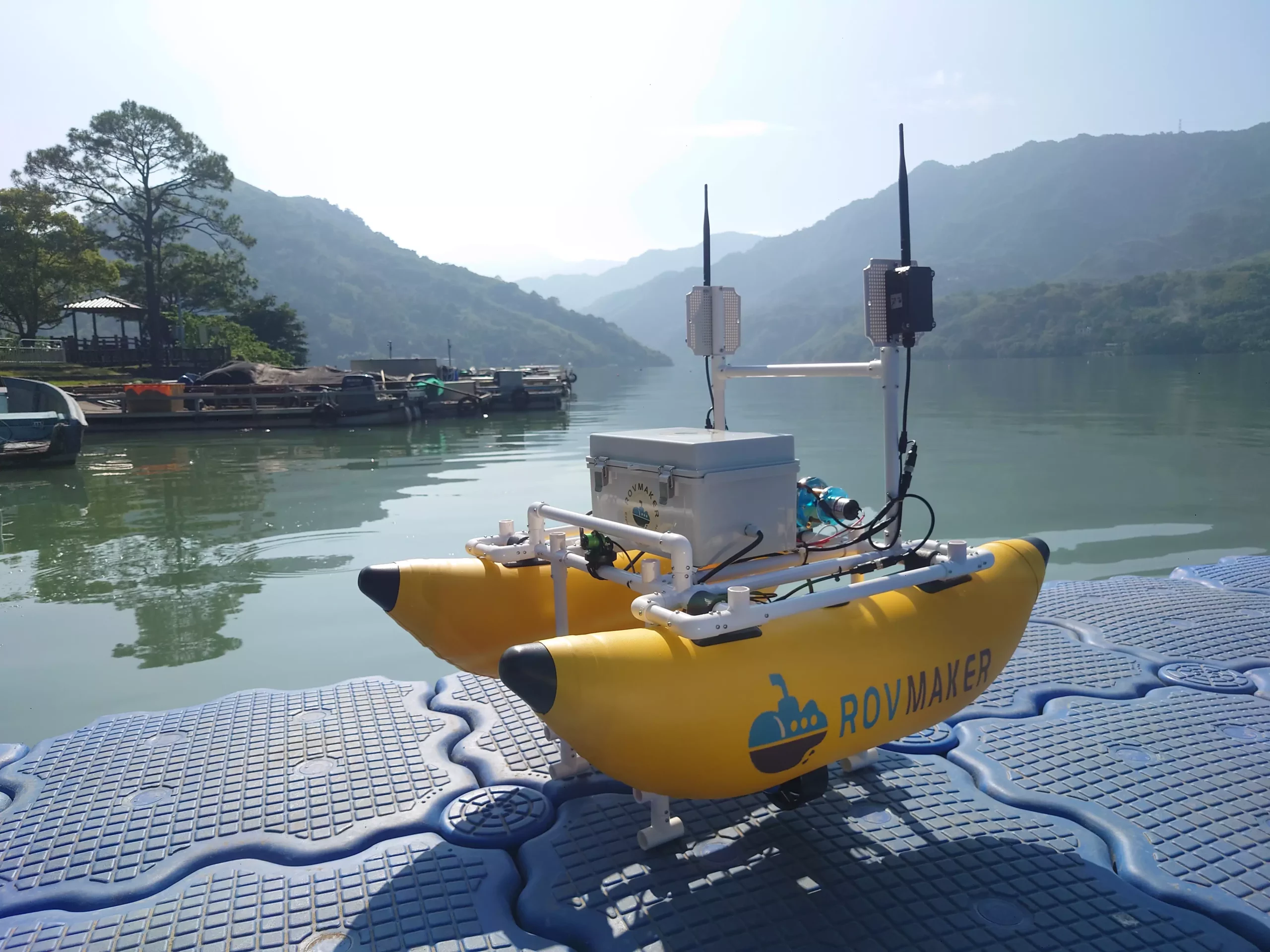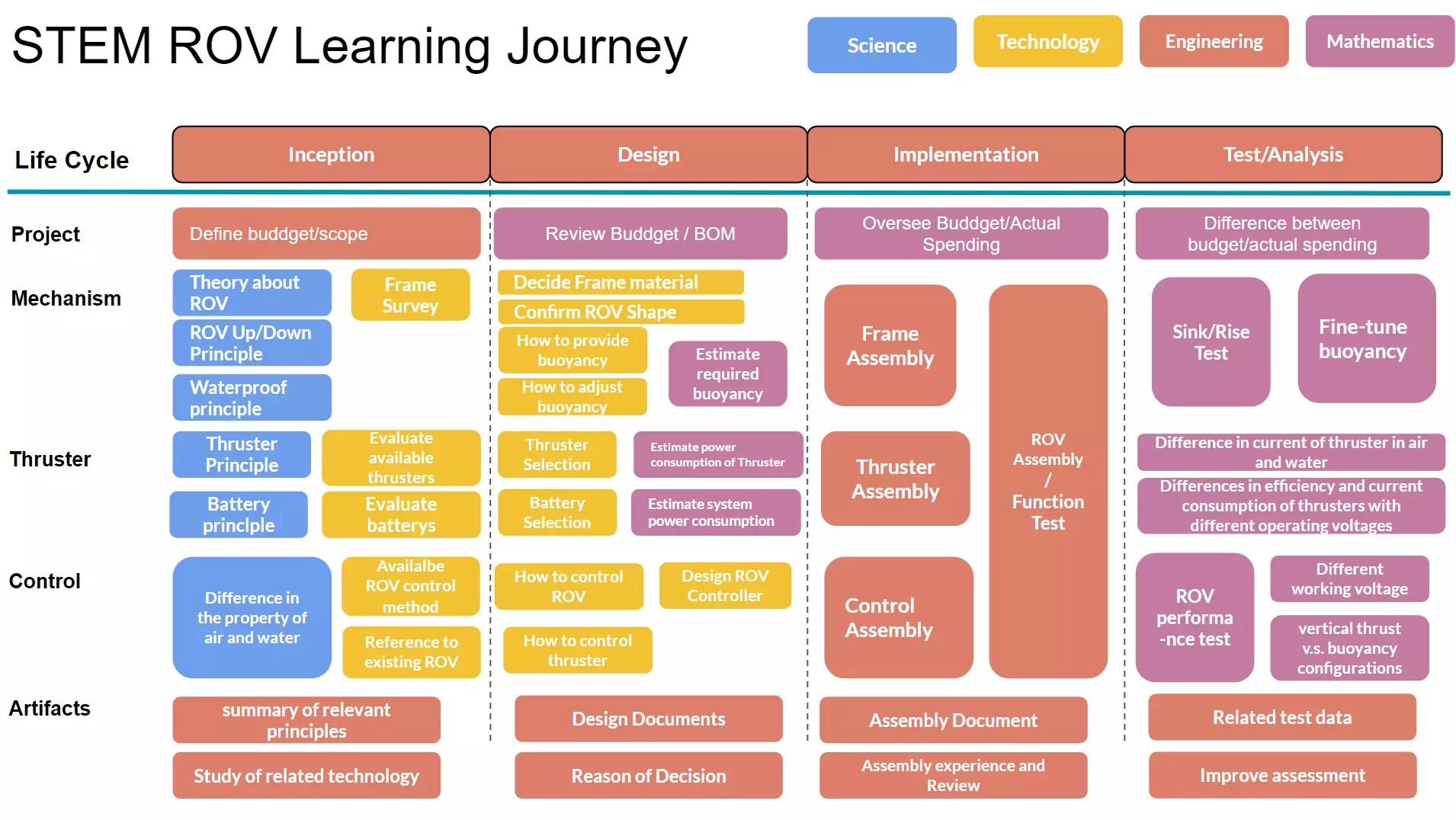Example of Implementing STEM PVC ROV
In the post About STEM Education, It provides ROV MAKER’s views on STEM education. In this post, the implementation of STEM PVC ROV will be introduced in the spirit of STEM education, and an example of a Taiwanese school’s learning history file will be provided as a reference.
One concept will reflect in different appearances and discourses due to the environment and views of persion who descirbe it. This article represents one of the manifestations of STEM that ROV MAKER has seen from years of experience developing products.
The following is ROV MAKER’s understanding of STEAM. This implementation introduction does not include Art.
| Science | People and things around you are systematically observed/recorded (usually mathematical formulas or statistics)/and understand how they work |
| Technology | Through the understanding of the scientific principles of specific things, develop practical methods that can be applied in life |
| Engineering | Organized/disciplined/predictable work flow. Engineering has many aspects and levels. How to assemble a product is engineering, how to develop a product is an engineering, system evaluation is an engineering, and how to solve problems and make correct decisions is also an engineering. Each organization (school) develops its own engineering according to its culture. |
| Art | A kind of humanistic concern, in recent years, art has become STEAM. When a designer has an idea of caring for himself, his product will make him look pleasing to the eye. When caring for others, he will be willing to design works that are more friendly to operate. When his care reaches more people, he will want to design works that benefit others or improve the environment, such as marine vacuum cleaners. |
| Math | Mathematics is not just calculation, it is mainly used for evaluation. Risk assessment, initial assessment, product performance assessment, development process assessment, school (organization) teaching needs assessment. To evaluate, it is necessary to find out key indicators and quantify their indicators, so that their indicators can be used for collected and analysis. |
In implementation, we add common development process concepts in the industry. We use the simplest waterfall model (Waterfall Model) to represent an implementation cycle. And simplified into four sub-cycles of Inception, Design, Implementation and Test/Analysis.
In each sub-cycle, the four areas of ROV implementation can be assigned related tasks according to the goals of the sub-cycle. In the work development process in the picture above, which attribute of S.T.E.M. is color-coded for the task. Artifacts represent the expected results of the sub-cycle, which can be documents, photographs, videos, finished products, or other forms of results. Artifacts is the basis for judging whether the sub-cycle has achieved the goal, and it is also the reference required for the next sub-cycle.
All the artifacts of the entire implementation is the main framework of the learning process file for Taiwan School.
STEM ROV-learning process file-template.pdf (click to download) is the STEM PVC ROV implementation learning process file provided by the ROV MAKER team for reference.

